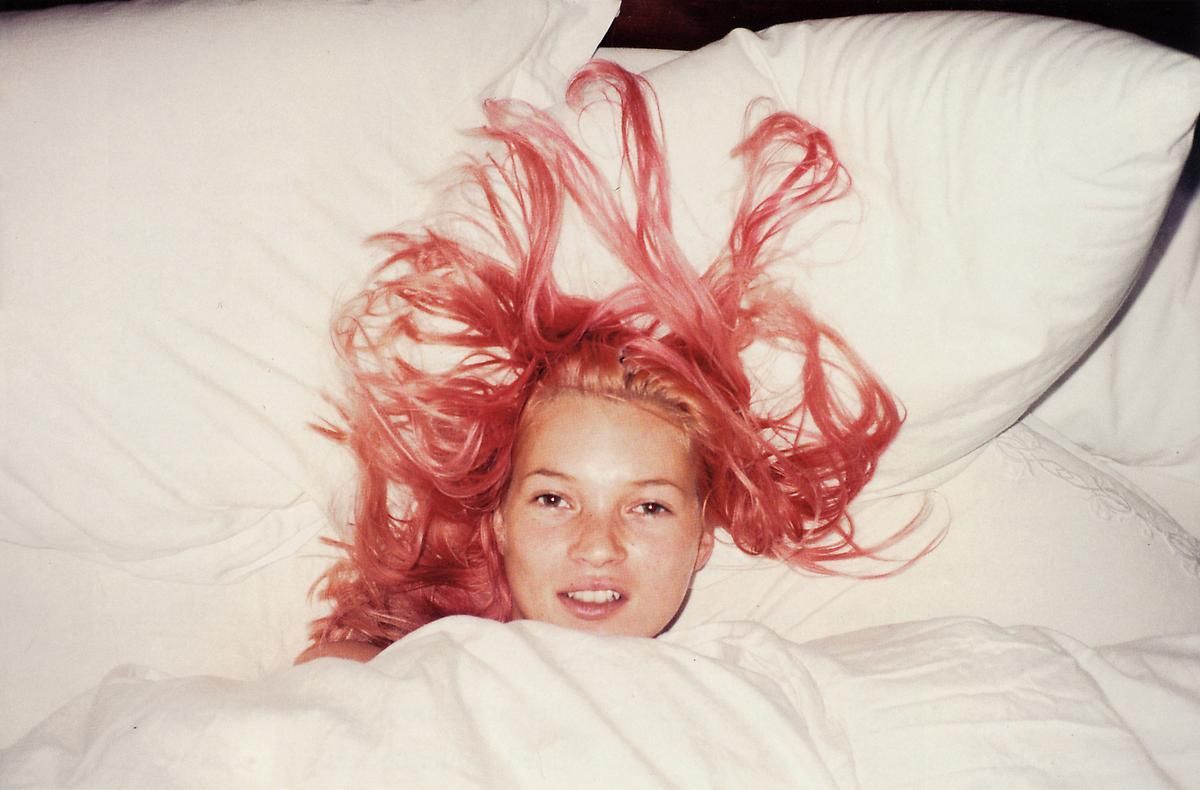Photographer Series: Juergen Teller

Juergen Teller
German bred and born, Juergen Teller has become one of the most renowned contemporary fashion photographers of our day. He studied photography in Germany in the 1980s before moving to London to further his career. In 1994 his photograph of 20-year-old Kate Moss was chosen as the British Vogue August cover, and two months later, another one of his images made the cover again.
His candid, washed-out portraits of models have appeared in the illustrious advertising campaigns of Yves Saint Laurent, Marc Jacobs, and Celine, and he has shot personalities such as Sofia Coppola, Kanye West, and David Hockney. His works unearth the dirty realism that is masked by the glamorous and elitist celebrity lifestyle and they aspire to expose the true persona behind the lens of his camera.


His photographs are raw and overexposed, and he regularly employs flash to give his fashion photographs a gritty edge. He uses two cameras at once to capture the spontaneity of the moment. His models appear unguarded and unposed, and he sets his shots in familiar environments such as bedrooms, bathrooms, and kitchens.
He has shot Kate Moss buried in hotel sheets, Vivienne Westwood, at the ripe age of 77, sprawled nude across her couch, and Pamela Anderson, clad in an old t-shirt, dancing in a laundromat. In a shoot of Marion Cotillard, the French actress appears to have been caught just exiting the shower. Wrapped in a towel and with her makeup running, she is positioned against the ordinary backdrop of her amber tiled bathroom. His images are awkward, but also provocative, they are crude, yet pure, they are effortless, but nonetheless demand the viewer to fully engage with the entire details of the scene.
Teller is a controversial figure and his images have been often proclaimed indecent, tasteless, and verging on the pornographic. In recent years he has turned to self-portraiture, and in his noncommercial photographs he explores the themes of family, history, and nationality.
Nevertheless, Teller has succeeded in humanizing the elusive fashion model wearing the lavish, and to most, inaccessible object. Teller takes deep interest in his subjects, and he refuses to saturate or retouch his images in order to render a frankness and sincerity that is rarely found in fashion photographs. His pictures grasp authentic moments, yet due to the absence of such elements in our customary fashion advertisements, the shots appear almost surreal. Juergen finds the mundane poetic, and through his grungy snapshots he reveals the beauty and excitement in what we would otherwise consider monotonous situations. His work was and is groundbreaking, and it has ultimately blurred the harsh line that exists between advertisement and art.








